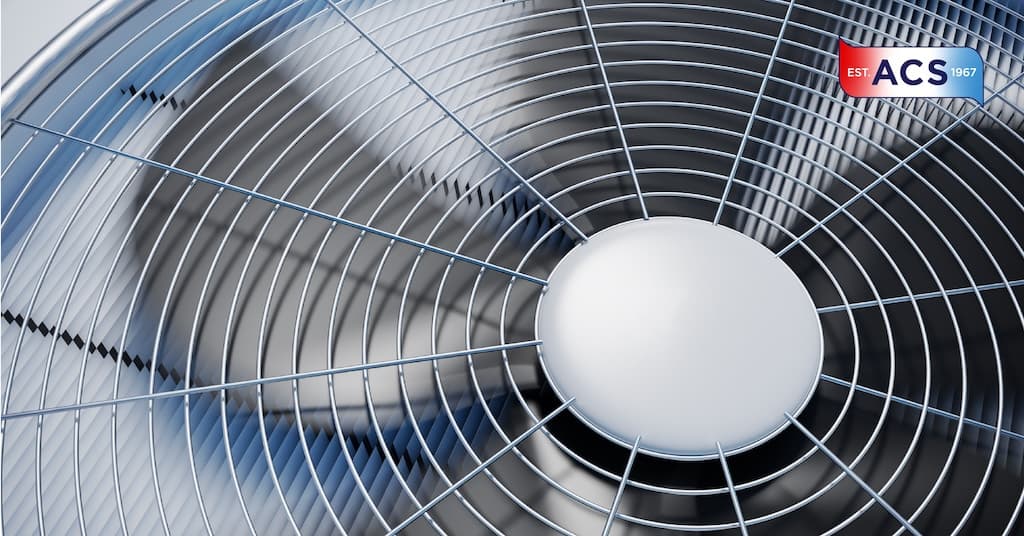With summer in full swing, we’re guessing your air conditioner is on full blast. That said, you might run into a few HVAC hiccups here and there as your usage increases. Though you can always ask your local experts for advice, having some air conditioner knowledge under your belt doesn’t hurt in these situations.
At ACS, we offer premium HVAC repair, replacement, and regular maintenance to the Georgians who need it most. Offering valuable industry insight, our NATE-certified technicians can help you form a basic understanding of your air conditioning system and its components. In this article, we’ll provide a comprehensive guide to air conditioners and their most critical components, including:
- Thermostat
- Compressor
- Evaporator
- Condenser Coil and Fan
- Air Handler and Blower Unit
Thermostat
Thermostats are the most widely recognized component of air conditioning systems. As the direct line of communication between you and your air conditioner, thermostats allow you to regulate your home’s temperature easily. Most modern households have programmable or smart thermostats to regulate their temperatures. These high-tech HVAC tools offer several advantages over traditional models, including energy savings, automatic temperature adjustments, remote scheduling, easy installment, and more.
Compressor
Your compressor is one of the most vital components of your air conditioning system. After all, it does most of your AC’s energy consumption and is typically the most expensive component to replace. Located in your outside unit, compressors collect heat from the refrigerant and disperse it through condenser coils and into the outdoors. Before entering the compressor, refrigerant heats up inside your home and enters a gaseous state. As it flows through the compressor, it transforms into a liquid, releasing heat into the outdoors through fan dispersal.
Evaporator Coil
The evaporator coil carries the team when it comes to your air conditioning. Without it, you wouldn’t be able to cool your home altogether. Typically located inside the house near the furnace, the evaporator transforms refrigerant in the cooling process. Refrigerant will travel through the evaporator in a pipe, which will cool off its surrounding air and carry heat from inside your home to the condenser coil. As the heat is drawn in, it’s blown over the cooling evaporator coils, which extract the heat and cool it back down. Then, the posterior fans behind the evaporator coil will blow this cool air back indoors, reducing your home’s temperature.
Condenser Coil and Fan
Condenser coils are located on the exterior of your outdoor AC unit. Working opposite the evaporator, condenser coils extract heat from the refrigerant and release it to the outside environment. Home and business owners should clean their condenser coils regularly to optimize cooling performance. You should hose off your condenser at least once a year or more frequently if you live in an area with excessive foliage and debris.
Air Handler and Blower Unit
The air handler and blower unit draws air into your system and disperse it outside through the condenser coil. One blows your AC’s cool air outward, while the other absorbs heat from the inside for the refrigerant to soak up. Many confuse air handler and blower units to be the same thing. However, the blower unit is a component found inside the air handler, along with filters, dampers, and mixing chambers. If an air handler or blower malfunctions, system airflow will halt, and you will no longer feel cooled air through your vents.
HVAC Heating and Cooling with ACS
If you need heating and cooling services for your home this summer, you can count on ACS to get the job done. With decades of industry experience, our certified HVAC technicians will optimize your indoor comfort with our premium HVAC services. Connect with our team today for top-quality HVAC maintenance, repair, or installation in Covington, Milledgeville, and surrounding areas.



